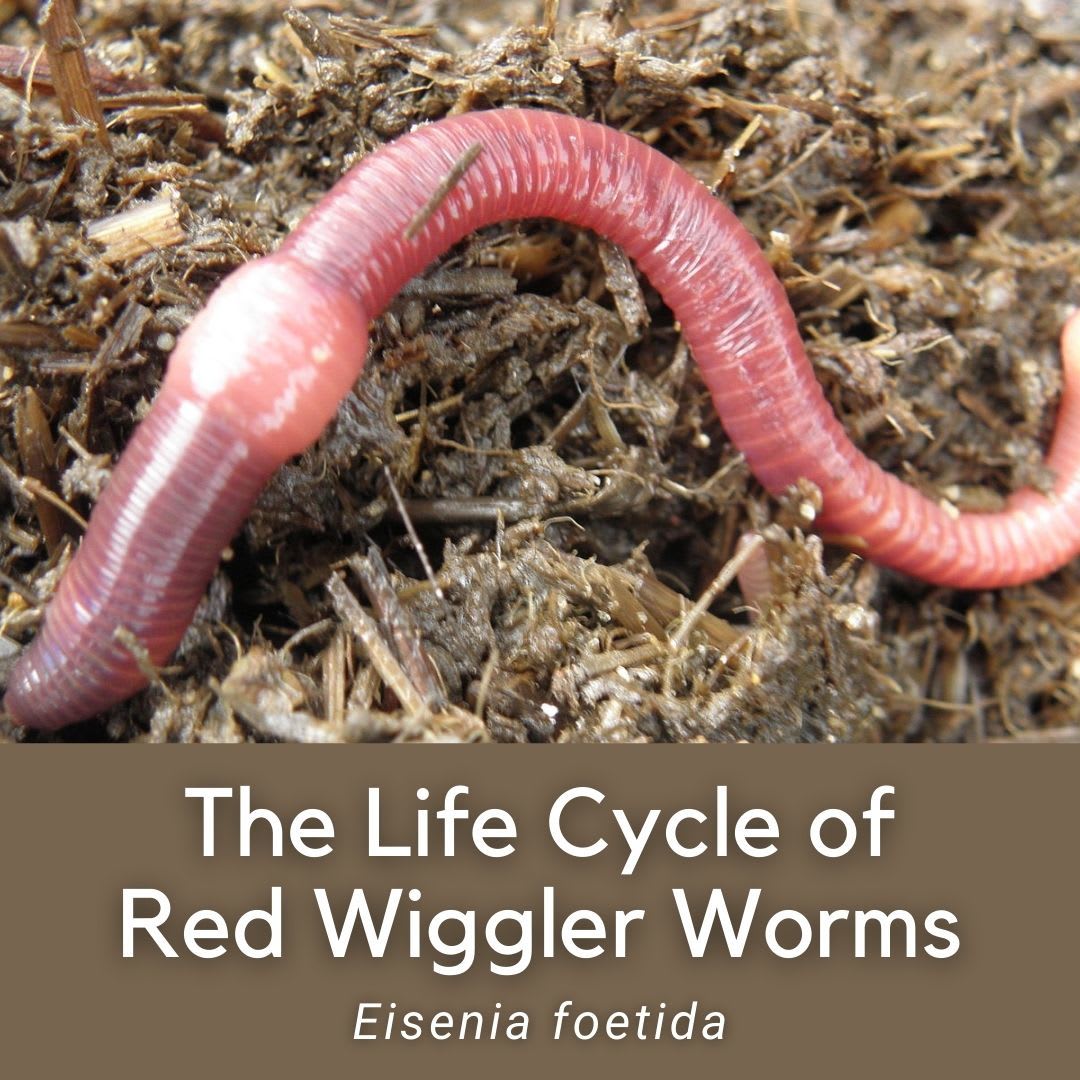Lake Hickory Bait: Providing Fresh Bait for Anglers Near and Far
Lake Hickory Bait: Providing Fresh Bait for Anglers Near and Far
Blog Article
Open the Keys of Red Wigglers: Your Overview to Composting Success
The combination of red wigglers into composting methods presents a considerable opportunity for boosting soil health and wellness and advertising sustainability. Understanding their requirements and habits is essential for maximizing their potential, from establishing up a proper worm bin to feeding them the best products.

What Are Red Wigglers?
(Red Wiggler Express)Red wigglers, medically recognized as Eisenia fetida, are a species of earthworm primarily made use of in composting as a result of their amazing capacity to decay raw material successfully. These worms are characterized by their reddish-brown pigmentation and a segmented body, commonly measuring between 3 to 4 inches in length. Unlike various other earthworm types, red wigglers thrive in abundant, organic settings, making them ideal for vermicomposting systems.
Native to The United States And copyright, they are typically located in rotting leaves and garden compost piles, where they play a critical role in nutrient recycling. Their adaptation to residing in a moist, cardiovascular setting enables them to eat big quantities of natural waste, damaging it down right into nutrient-rich castings that boost dirt health.
Red wigglers duplicate quickly, with a solitary worm capable of generating numerous cocoons each week, each containing several hatchlings. Understanding the biology and actions of red wigglers is important for maximizing their potential in composting applications.
Advantages of Utilizing Red Wigglers
Using the power of red wigglers in composting uses many advantages that enhance soil wellness and advertise sustainable waste administration. These remarkable organisms effectively damage down raw material, changing kitchen scraps and backyard waste right into nutrient-rich vermicompost. This ended up product is remarkably beneficial for plant growth, as it enhances dirt framework, enhances moisture retention, and improves nutrient schedule.

(Red Wiggler Express)In addition, the presence of red wigglers in your composting system can speed up the composting process, creating premium compost in a fraction of the moment contrasted to traditional techniques. The castings generated by these worms are also including advantageous microbes that even more enhance the soil ecosystem.
Establishing Your Worm Bin
Developing an effective worm container is an uncomplicated procedure that can dramatically improve your composting efforts. Worm bins can be made from plastic storage space containers, wooden boxes, or commercially available worm containers.
Following, prepare the bedding material, which offers as the worms' environment. A mix of shredded newspaper, cardboard, and coconut coir works well, providing a comfy setting for the worms.

Feeding Your Red Wigglers
To guarantee the wellness and productivity of your red wigglers, it is important to provide them with a well balanced diet plan that meets their dietary requirements. Red wigglers grow on a varied array of natural products, which not just supply necessary nutrients however additionally promote efficient composting.
Begin by incorporating cooking area scraps such as veggie peels, fruit cores, and coffee premises. Stay clear of citrus fruits, onions, and garlic, as these can be destructive to worm health. In addition, present shredded paper, cardboard, and dry fallen leaves to develop a well-aerated environment.
Feeding frequency should be monitored; typically, worms can eat half their body weight in food weekly. It is important to stay clear of overfeeding, as excess food can result in unpleasant smells and bring in pests. A good technique is to add food in little amounts, permitting worms to refine it prior to presenting more.
Preserving wetness levels is additionally essential; the bed linen must be moist however not soggy. Last but not Source least, make sure to frequently check the temperature and pH degrees of the bin to ensure an optimal environment for your red wigglers, ultimately enhancing their composting effectiveness.
Harvesting and Utilizing Compost
A successful composting process with red wigglers culminates in the abundant, dark compost called vermicompost, which can considerably improve dirt health and wellness and plant development. Collecting this nutrient-dense material typically occurs every 3 to 6 months, depending on the dimension of your system and the quantity of raw material being processed.
To harvest, delicately different the compost from the worms and any kind of undecomposed products. One reliable approach involves relocating the materials of the container to one side and including fresh bedding and food to the vacant space, encouraging the worms to move. After a few days, the compost can be collected from the opposite side.
It is crucial to utilize vermicompost appropriately to optimize its advantages. It can be used as a top dressing for yard beds, combined into potting soil, or made into a nutrient-rich fluid plant food recognized as "worm tea." This application method aids to provide crucial nutrients straight to plant roots, promoting much healthier development. By including vermicompost into your horticulture program, you not only recycle organic waste however likewise develop a thriving community that supports lasting horticulture practices.
Final Thought
In recap, red wigglers serve as phenomenal allies in composting initiatives, transforming organic waste into nutrient-rich vermicompost. By comprehending the ideal conditions for their environment, feeding demands, and garden compost harvesting techniques, gardeners can improve soil wellness and advertise plant vitality.
Report this page